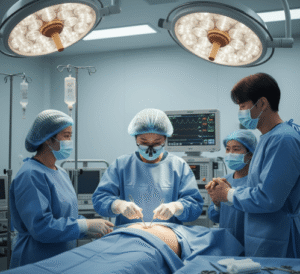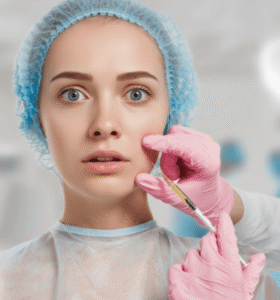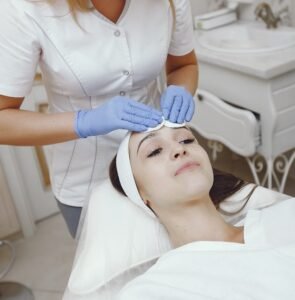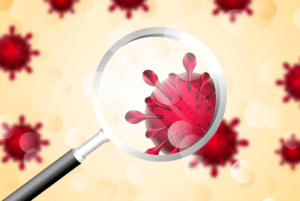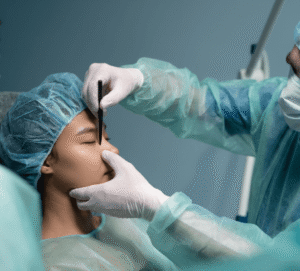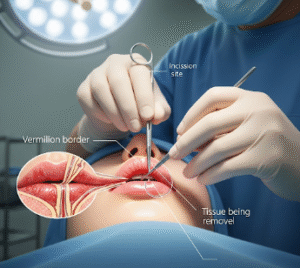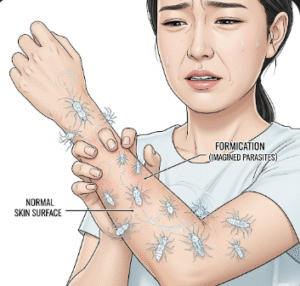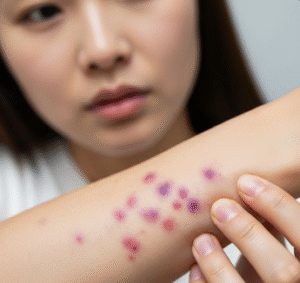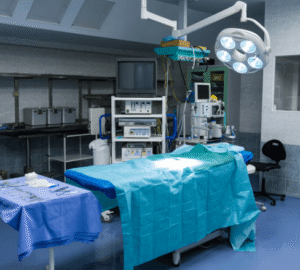What it is
➝ Seborrheic dermatitis is a chronic inflammatory skin condition that primarily affects areas rich in oil glands, especially the scalp.
➝ It presents with dandruff, redness, itching, and greasy or flaky scales. In more severe cases, it can cause inflamed plaques and secondary infection.
➝ Scalp rotation therapy is a treatment strategy that involves alternating medicated shampoos and topical agents to prevent resistance, reduce irritation, and improve long-term control.
➝ This rotation approach ensures that multiple mechanisms (antifungal, anti-inflammatory, keratolytic) are used against the condition, improving treatment effectiveness.
Why it’s done
→ To control chronic relapses, since seborrheic dermatitis often comes back after treatment.
→ To prevent the tolerance effect that can happen if only one type of shampoo or agent is used long term.
→ To reduce fungal overgrowth (Malassezia yeast) while also addressing inflammation and scaling.
→ To improve patient compliance, as rotation provides flexibility and reduces the chance of irritation from any single product.
→ In Korea, scalp rotation is a common dermatology protocol, often combined with advanced scalp care and hair clinic services.
Alternatives
→ Single-agent therapy: Continuous use of ketoconazole, zinc pyrithione, or tar-based shampoos (effective but may lose impact over time).
→ Topical corticosteroids: Short-term use to control inflammation, though not for long-term maintenance.
→ Calcineurin inhibitors: Tacrolimus or pimecrolimus for steroid-sparing use in sensitive scalp areas.
→ Systemic therapies: Oral antifungals (itraconazole, fluconazole) or isotretinoin for severe, resistant cases.
→ Lifestyle measures: Stress reduction, good scalp hygiene, avoiding harsh hair products.
Preparation
→ Dermatologist confirms diagnosis and rules out mimicking conditions like psoriasis, tinea capitis, or contact dermatitis.
→ Patients are educated about the chronic nature of seborrheic dermatitis and the need for maintenance therapy.
→ Scalp assessment helps determine rotation frequency and product selection.
→ In Korea, dermatology clinics may use trichoscopy (scalp dermoscopy) for a detailed scalp evaluation before starting treatment.
How it’s Done
→ A rotation cycle typically includes:
- Antifungal shampoo (ketoconazole, ciclopirox) → reduces Malassezia yeast.
- Zinc pyrithione shampoo → antimicrobial and anti-inflammatory.
- Tar-based or salicylic acid shampoo → keratolytic, reduces scaling.
- Selenium sulfide shampoo → antifungal and anti-seborrheic.
→ Example rotation (weekly schedule):
- Day 1: Ketoconazole shampoo.
- Day 3: Zinc pyrithione shampoo.
- Day 5: Tar-based shampoo.
- Repeat cycle.
→ In flare-ups, topical corticosteroid lotions or foams may be added for 1–2 weeks, then tapered.
→ In Korea, dermatologists often integrate medicated shampoos with scalp spa treatments, such as deep cleansing, cooling therapy, or herbal scalp packs, to improve comfort and compliance.
Recovery
→ Symptom relief (less itching, flaking, redness) is often seen within 1–2 weeks.
→ Scalp rotation therapy helps maintain control and prevents frequent relapses.
→ Long-term patients report less severe flare-ups, easier management, and healthier scalp appearance.
→ With consistent use, the need for steroid rescue treatments decreases.
Complications
→ Scalp dryness or irritation from overuse of medicated shampoos.
→ Contact dermatitis to ingredients like tar or fragrance additives.
→ Steroid-related side effects (if overused): thinning skin, folliculitis.
→ With rotation, these risks are minimized because exposure to any one product is reduced.
Treatment Options in Korea
→ Korean dermatology clinics commonly use structured scalp rotation protocols, often personalized based on severity and scalp type.
→ Many hair and skin centers in Korea combine medical shampoos with scalp scaling treatments (professional exfoliation and cleansing).
→ Clinics frequently recommend adjunct K-beauty scalp products, such as soothing tonics with green tea, centella asiatica, or herbal extracts, to complement medicated rotation.
→ Patients often receive customized rotation schedules and follow-up visits to fine-tune the protocol.
→ For resistant cases, Korean dermatologists may add oral antifungal therapy or recommend low-dose isotretinoin for seborrhea control.
→ With Korea’s integrated approach, scalp rotation therapy is seen not just as medical treatment but also as part of comprehensive scalp and hair health management.


